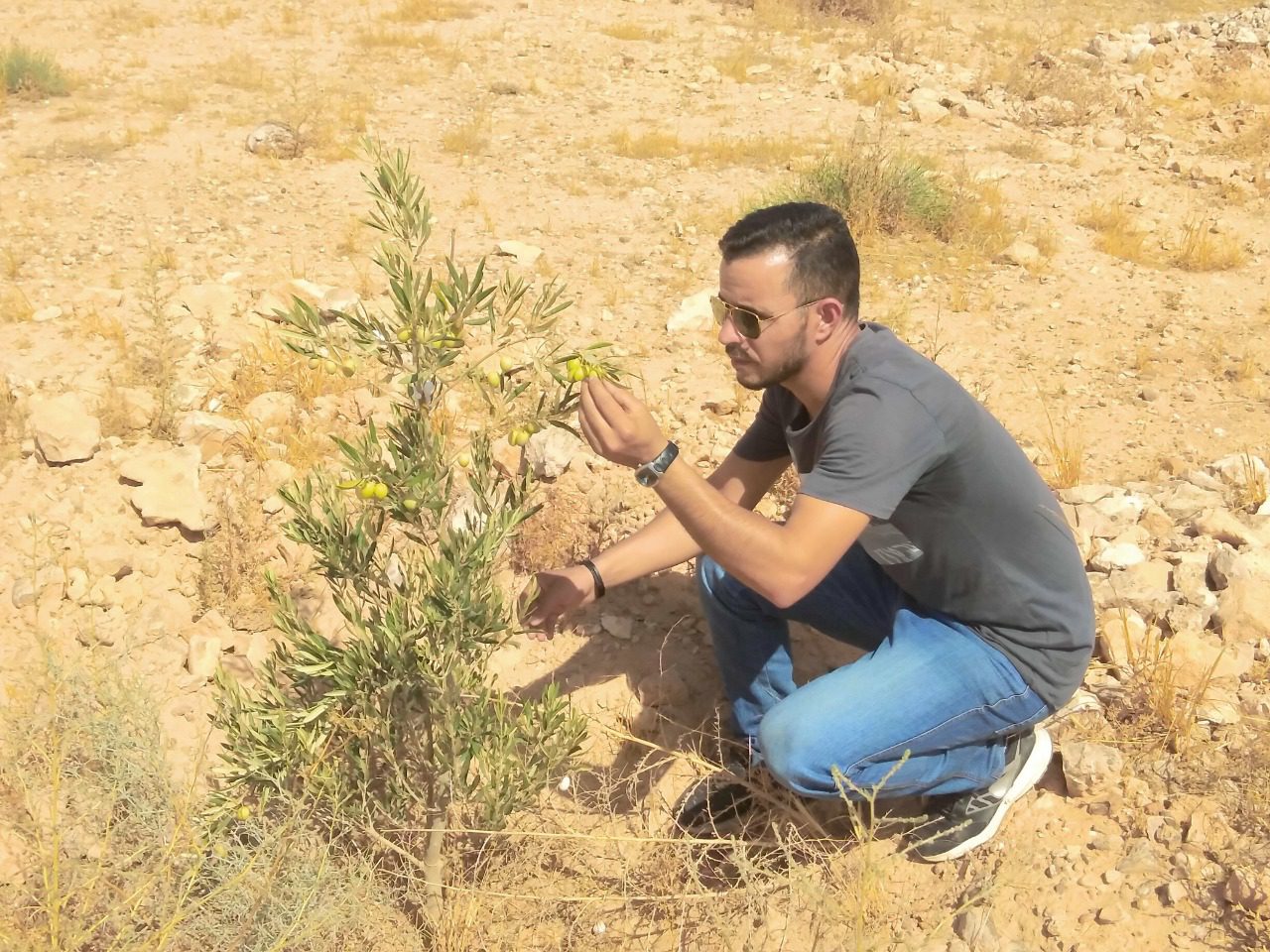With our world’s population constantly growing and the scarcity of land rising, this is and will come at the cost of our world’s forests. Moreover, regarding the current alarming prognosis of climatologists, predicting a minimum of a 1.5°C rise in temperature by 2030, we are in desperate need of more reforestation through tree-planting programs. The milestones that are being archived in new forms of technology, especially in AI, are game-changers that are crucial for tackling the various associated problems of climate change.
In the webinar “Land & Carbon Lab: Addressing the Global Land Squeeze for Climate, Biodiversity and People” the director of the Global Forest Watch, Crystal Davis, emphasized the importance of monitoring forests; “Land & Carbon Lab is partnering with leading scientists and technologists to build a comprehensive monitoring system for the world’s land and its nature-based carbon. Our high-resolution geospatial data will help decision-makers everywhere, address the global land-squeeze and accelerate nature-based solutions to climate change.” The collected data is freely accessible to everyone and gives us precise information on our situation for the first time.
Andrew Steer, the CEO of the World Resources Institute, stated, “Due to the beautiful progress in technology, sponsors can now verify if their money is well spent, scientists can comprehend dynamics, and authorities can conclude what approaches are working.” This will amplify reforestation and fundamentally change our perspective.
“Current monitoring doesn’t catch single or small trees. These trees are crucial, and thus more precise information is needed,” claimed John Brandt. With the work he’s doing for resource watch, these trees are now added to the equation. However, the Land & Carbon Lab is looking beyond trees. Matt Hanson, founder of the Global Land Analysis & Discovery (GLAD) uses Earth observation imagery – for example NASA’s data – to investigate methods, causes and impacts of global land surface change. Hanson specified these trends as he pointed out that South America has tripled their cropland, whereas China is losing cropland due to their growth in industrial land. Therefore China needs to import a lot more.
The next speaker, Nancy Harris, Research Manager for Global Forest Watch (GFW), explained that even though trees remove more carbon dioxide as they grow, they also store more CO2 than fossil fuels. These are set free following forest fires. The carbon stock maps by GFW include those emissions and draw a clear overview for the user, to be able to fight global warming at its roots.
Rebecca Moore presented Google’s approach on working with AI in order to classify landscapes in real time, which aims to be able to identify seasonal changes and natural disasters, like wildfires or the spread of ash after the eruption of a volcano. This data is now available to everyone.
But all of this knowledge is for nothing if scientists and decision-makers do not work together. The NDC (Nationally Determined Contributions) try to meet the Paris Agreement and develop better framework conditions for effective climate change governance. It deals with the main issues of tracking the progress and strengthening coordination across national and international stakeholders to fast-track decisions and interagency collaboration.
In addition, indigenous people and local communities hold half of our world’s land. The decision-maker’s data is useless if people don’t know how to avail themselves of its use. Only 2-3% of global funds are put towards nature-based solutions. Jorge Pérez Rubio, an indigenous American in the Peruvian Amazon, witnessed a 50% reduction of deforestation on their land since they have the data of which parts are being deforested. They are now able to organise themselves and fight for their rights.
“Africa can demonstrate that preserving the environment and helping our people prosper actually go hand-in-hand,“ expressed Wanjira Mathai, former Minister of Environment in Kenya. “Africa has great restoration potential. Initiating in 2015 and spanning for six years, the African Union restored 128 million acres of degraded land.” Although two thirds of Kenya’s land is semi-arid or desert, it’s one of the most biodiverse landscapes in the world. Monitoring, transparency and accountability are the key elements for the transformative journey of Kenya’s land.
Morocco is home to diverse landscapes and multiple climate zones, some of which could undergo a transformative journey as well. The argan tree for example, which only grows naturally in Morocco and can be found in the remote area of the Chtouka Ait Baha’s empty desert mountainscapes, is crucial to its region’s communities. The High Atlas Foundation (HAF) supports communities in planting the argan tree among other domestic trees to sustainably influence Moroccan communities. In addition, HAF uses a precise system of monitoring with the help of local people to enhance the survival rate of these trees. The work of HAF is proof that communication and cooperation between local communities, donors, authorities, and scientists is essential for sustainable development.





